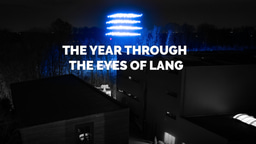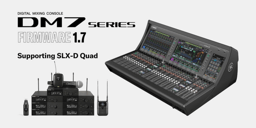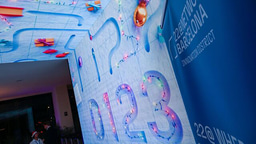Immersive Experiences, Workforce Development, Sustainability in AV, Broadcast AV, Live Events / Performance Entertainment, and 5 more
Audio and Video Dynamics
Audio dynamics is the difference between the quietest and loudest sounds, while video dynamics is the difference between the darkest shadows and the brightest highlights.

Audio Dynamics
Audio dynamics refers to the variation in volume (amplitude) of an audio signal over time. The difference between the quietest and loudest possible sounds is called the dynamic range.
-
High Dynamic Range (Audio): A recording with a large difference between quiet and loud sounds has a high dynamic range. Think of an orchestral piece with a soft flute solo followed by a crashing drum and brass crescendo.
-
Low Dynamic Range (Audio): A recording where everything is at a similar, loud level has a low dynamic range. This is common in modern pop music and commercials, achieved using a process called compression.
In audio production, dynamics are controlled with tools like:
-
Compressors: Make loud sounds quieter and quiet sounds louder, "compressing" the dynamic range to create a more consistent volume.
-
Limiters: A type of extreme compressor that sets a "ceiling," preventing the audio from ever getting louder than a specific point.
-
Expanders/Gates: Do the opposite of compressors, increasing the dynamic range by making quiet sounds even quieter (or silencing them completely).
Video Dynamics (Dynamic Range)
The term "video dynamics" isn't standard, but the correct parallel concept is Dynamic Range in video. This refers to the range of luminance (brightness) that a camera can capture, or a display can show, from the darkest black details to the brightest white highlights.
-
Standard Dynamic Range (SDR): This was the traditional standard for TVs and monitors for decades. It has a limited range of brightness and color, meaning subtle details in very dark or very bright parts of an image are often "crushed" (lost to pure black) or "clipped" (lost to pure white).
-
High Dynamic Range (HDR): This is the modern standard. HDR allows a camera to capture and a display to show a much wider and more realistic range of brightness and color. With HDR, you can see the bright, sunny sky outside a window and the details of the darker room you're in at the same time, much like your own eyes can.
-
Xchange Advocates are recognized AV/IT industry thought leaders and influencers. We invite you to connect with them and follow their activity across the community as they offer valuable insights and expertise while advocating for and building awareness of the AV industry.
Recommended Content
Workforce Development, Conferencing & Collaboration, Digital Signage, Live Events / Performance Entertainment, Business of AV, Technology Managers' Forum, Celebration of AV Excellence, EMEA Forum, DACH Forum, AV Marketers, AV/IT Buyers, AV Education for The Next Generation
2025 Review – The Year Through The Eyes Of LANG






Please sign in or register for FREE
If you are a registered user on AVIXA Xchange, please sign in
Amazing article Urmilji .